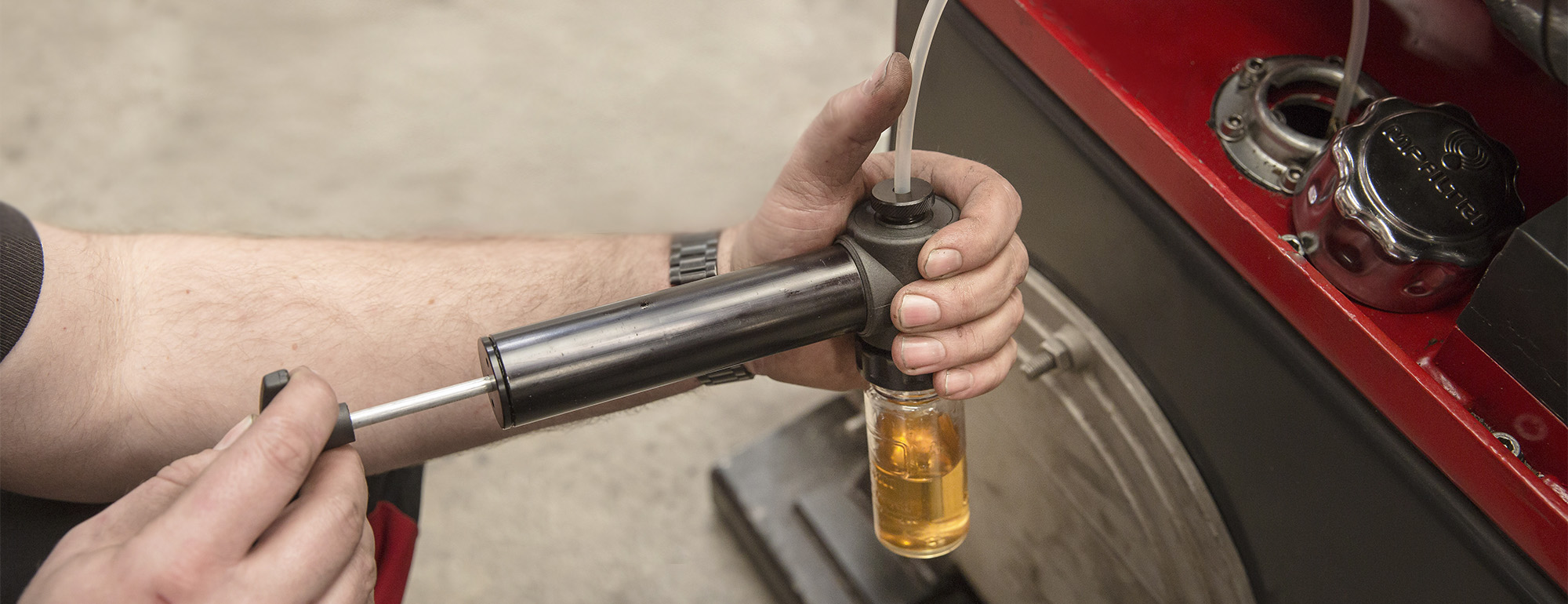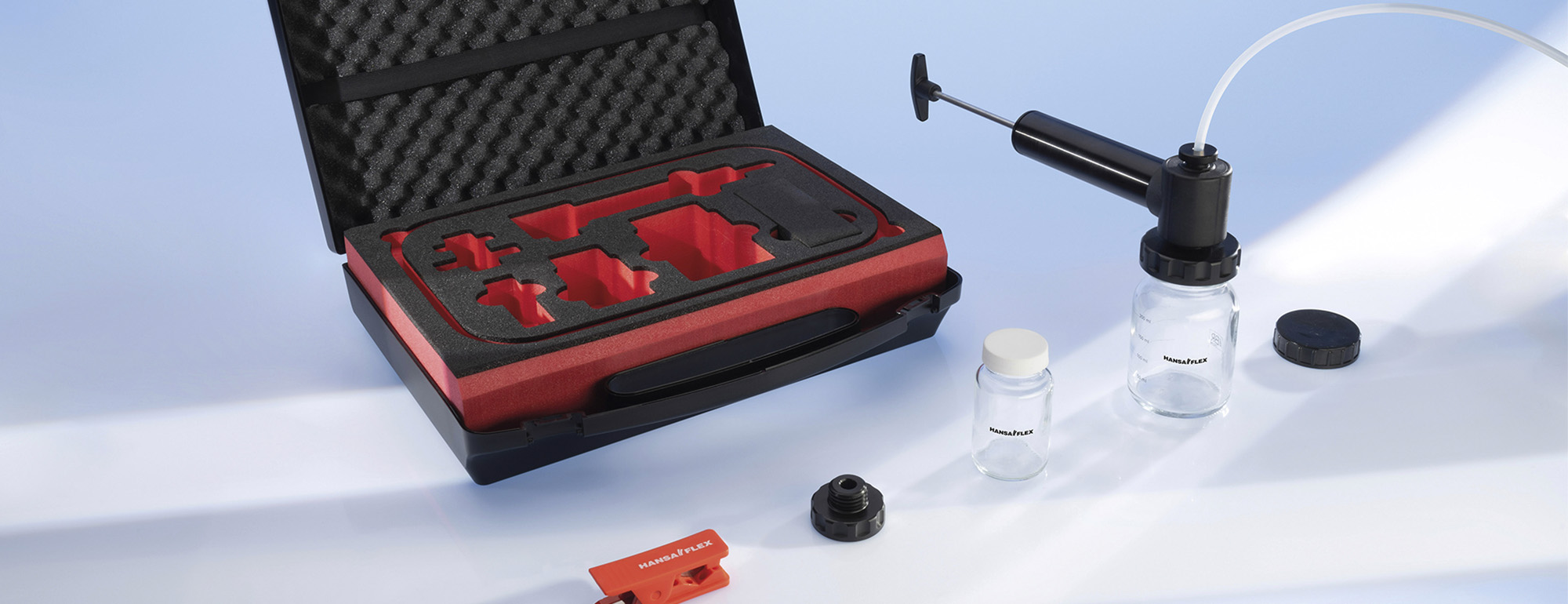Hydraulic hose fittings under high pressure
For installation situations with higher operating pressures, hose fittings of the heavy series (DKOS), which are designed for an operating pressure of up to 420 bar, have been used up to now. However, the use of the heavy series can reduce the cross-section of the line, depending on the connection size. In order to close this gap and find a solution to this conflict, manufacturers of hose fittings of the light series made of steel (DKOL and CEL) achieved an increase in the maximum operating pressure in almost all nominal sizes by means of burst and pulse test series. In this way, the combination possibilities for hydraulic hose line assemblies have been expanded many times over.




